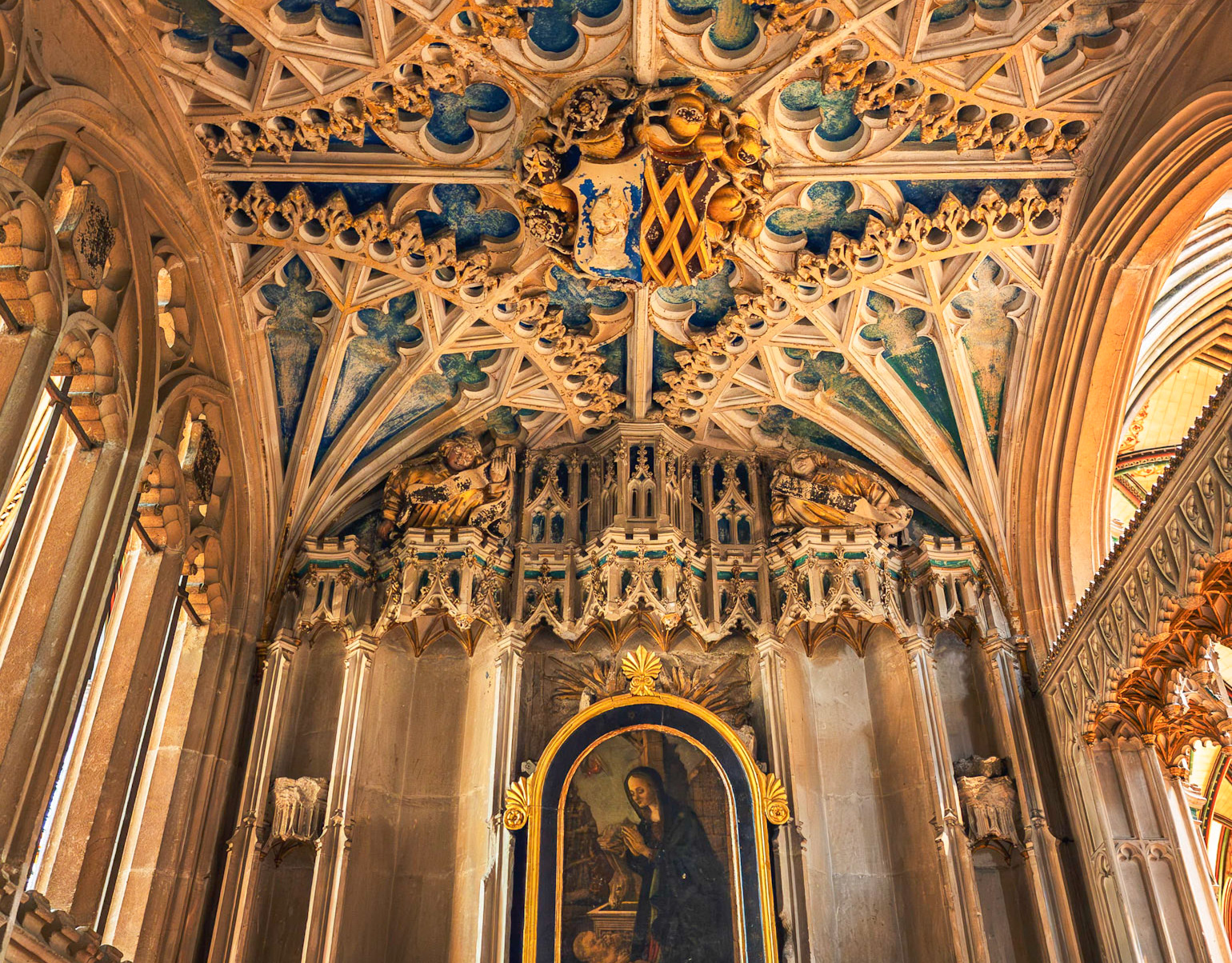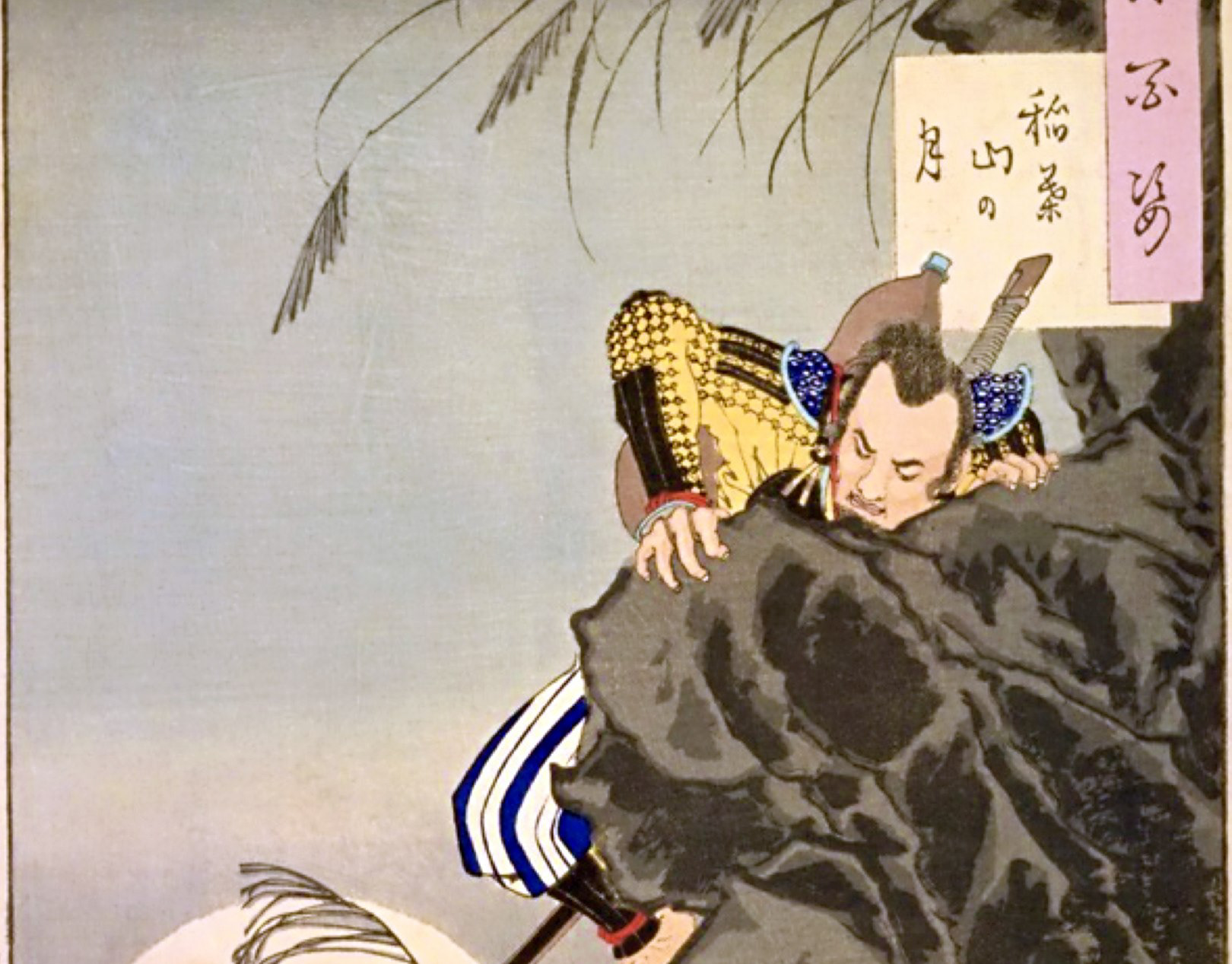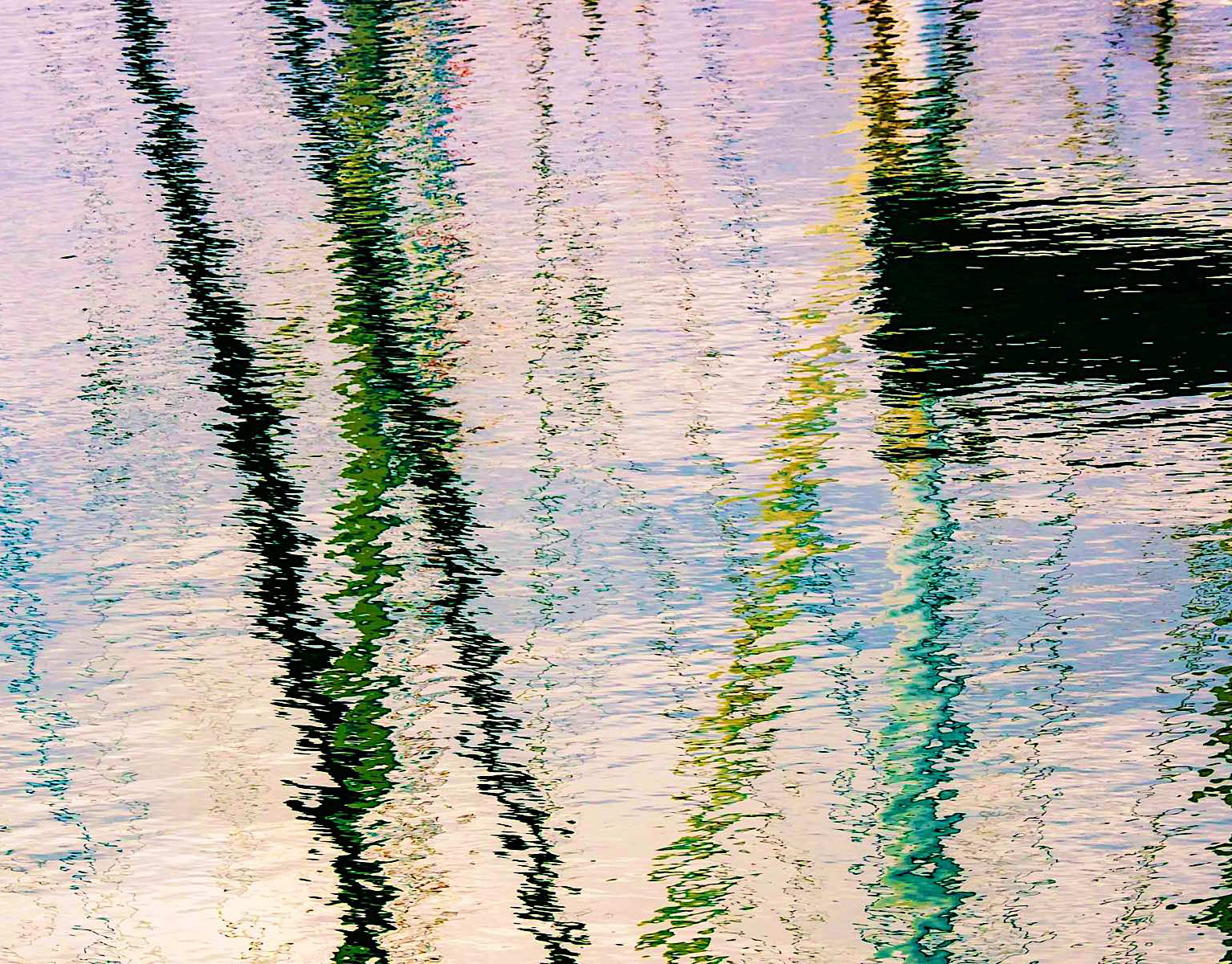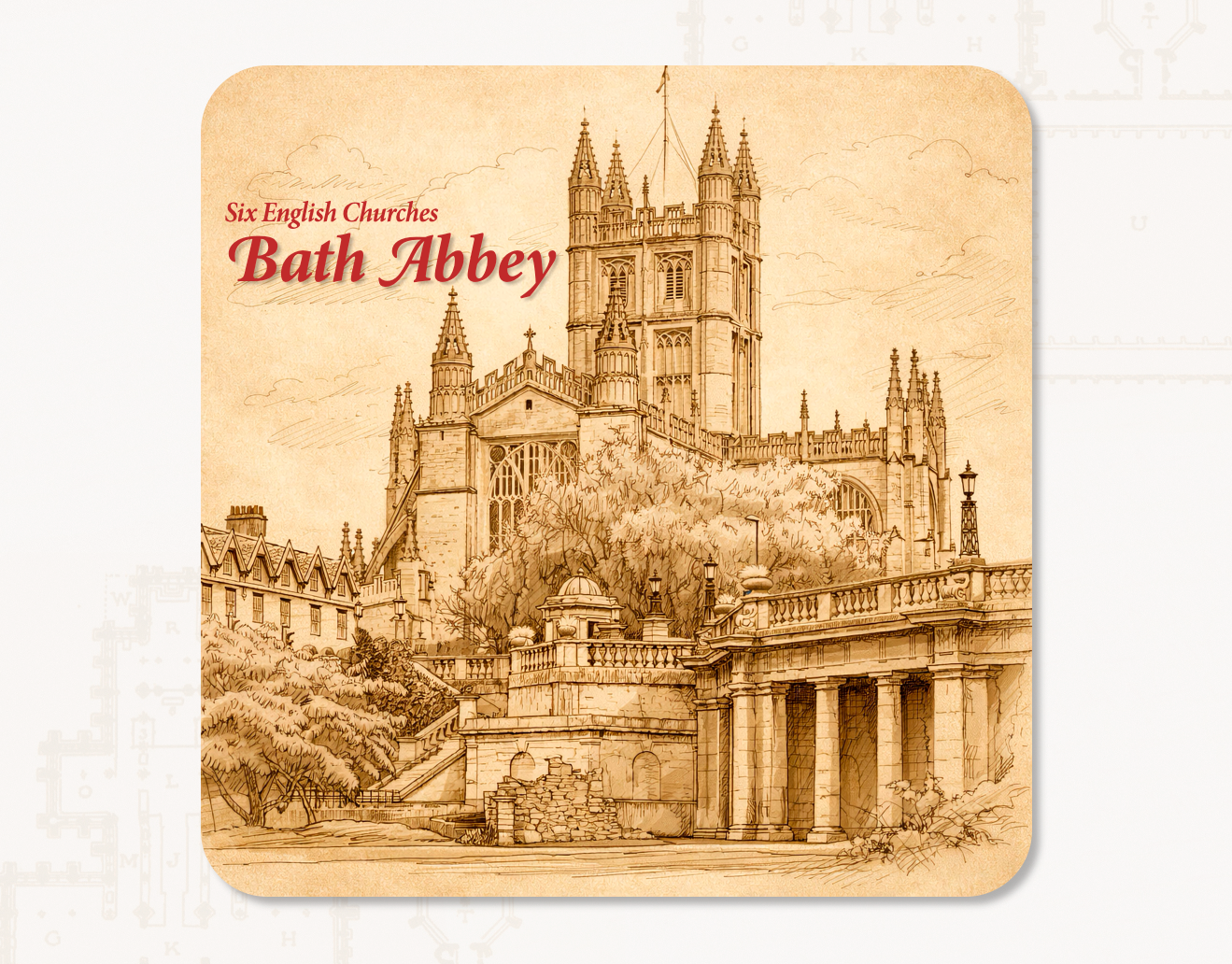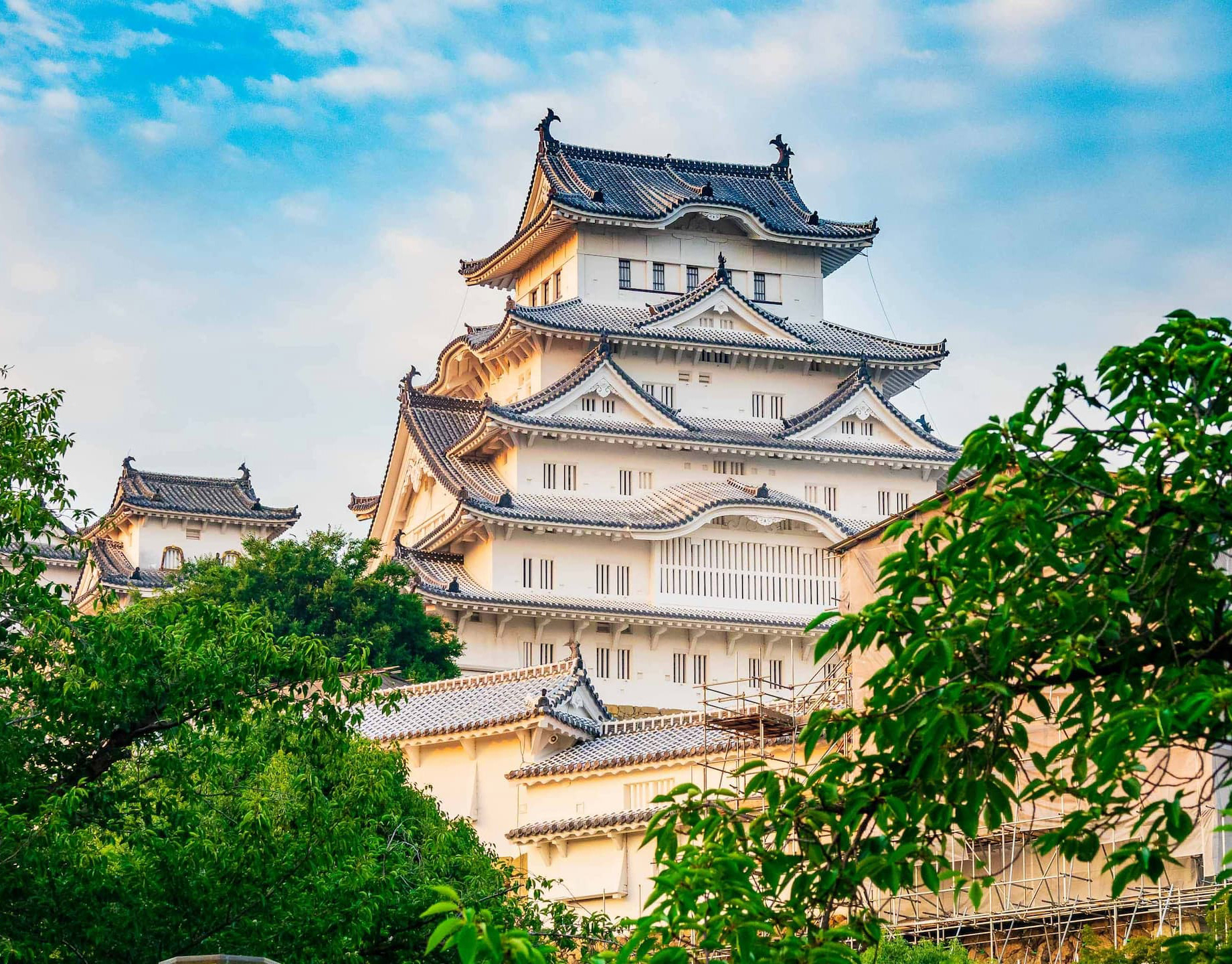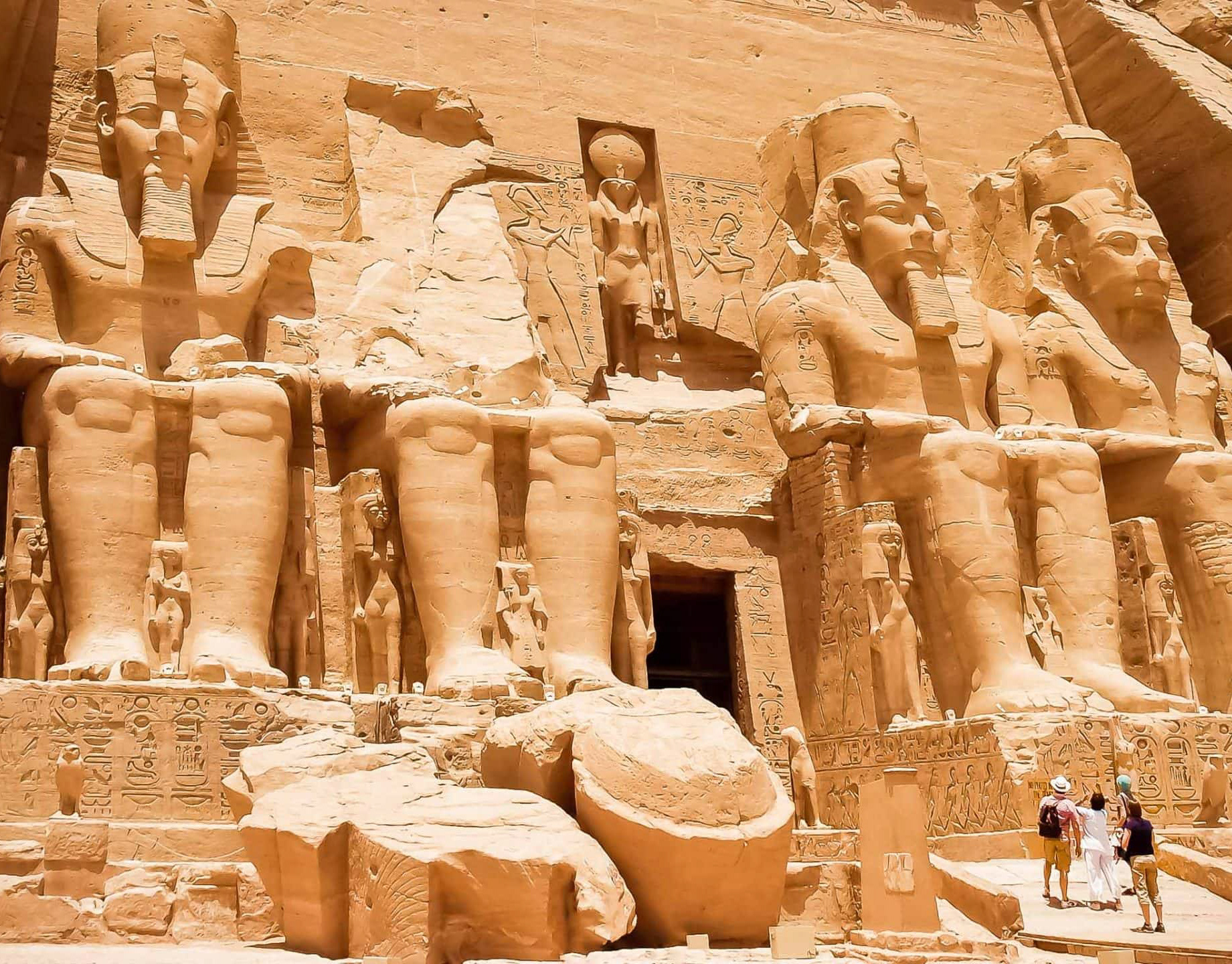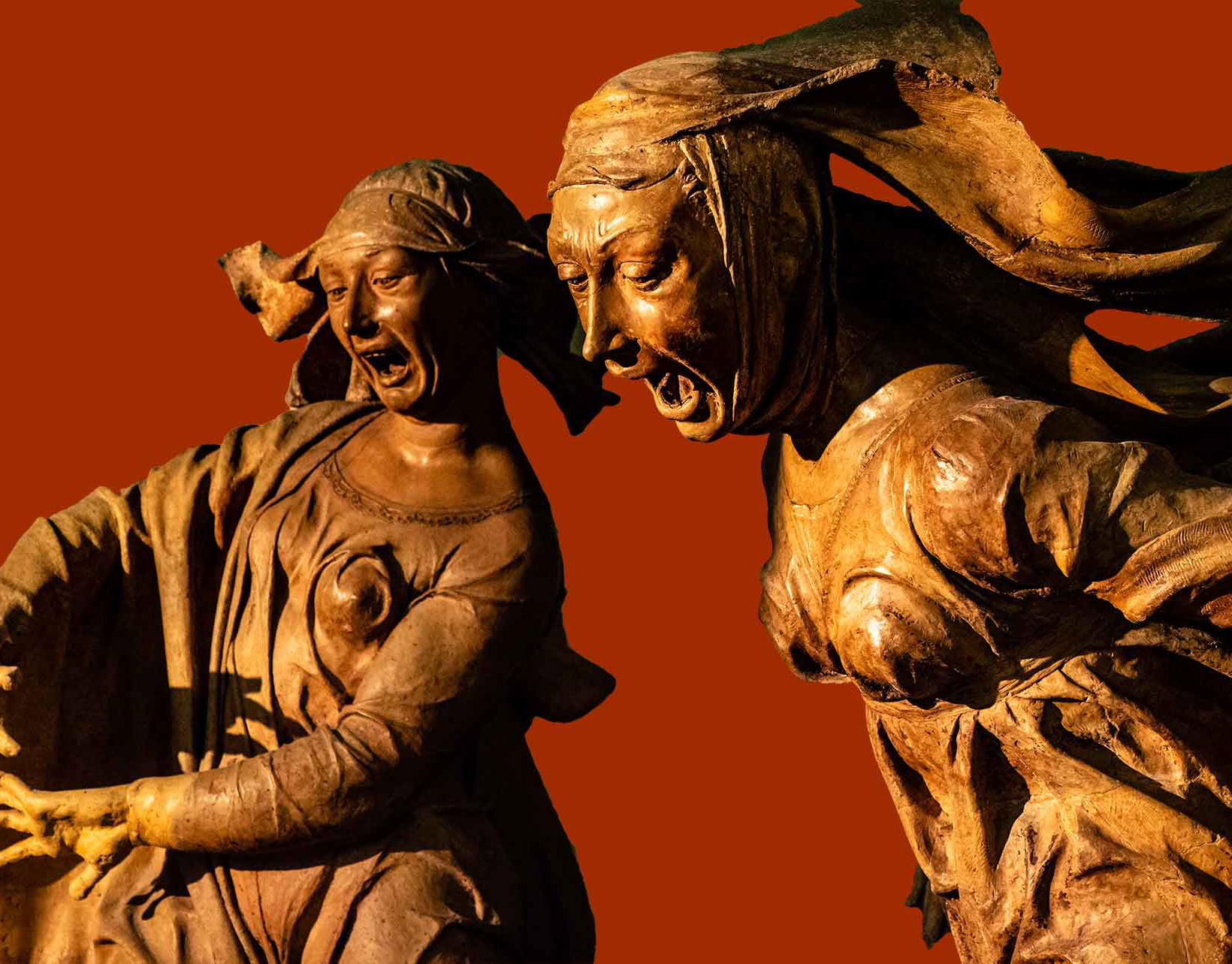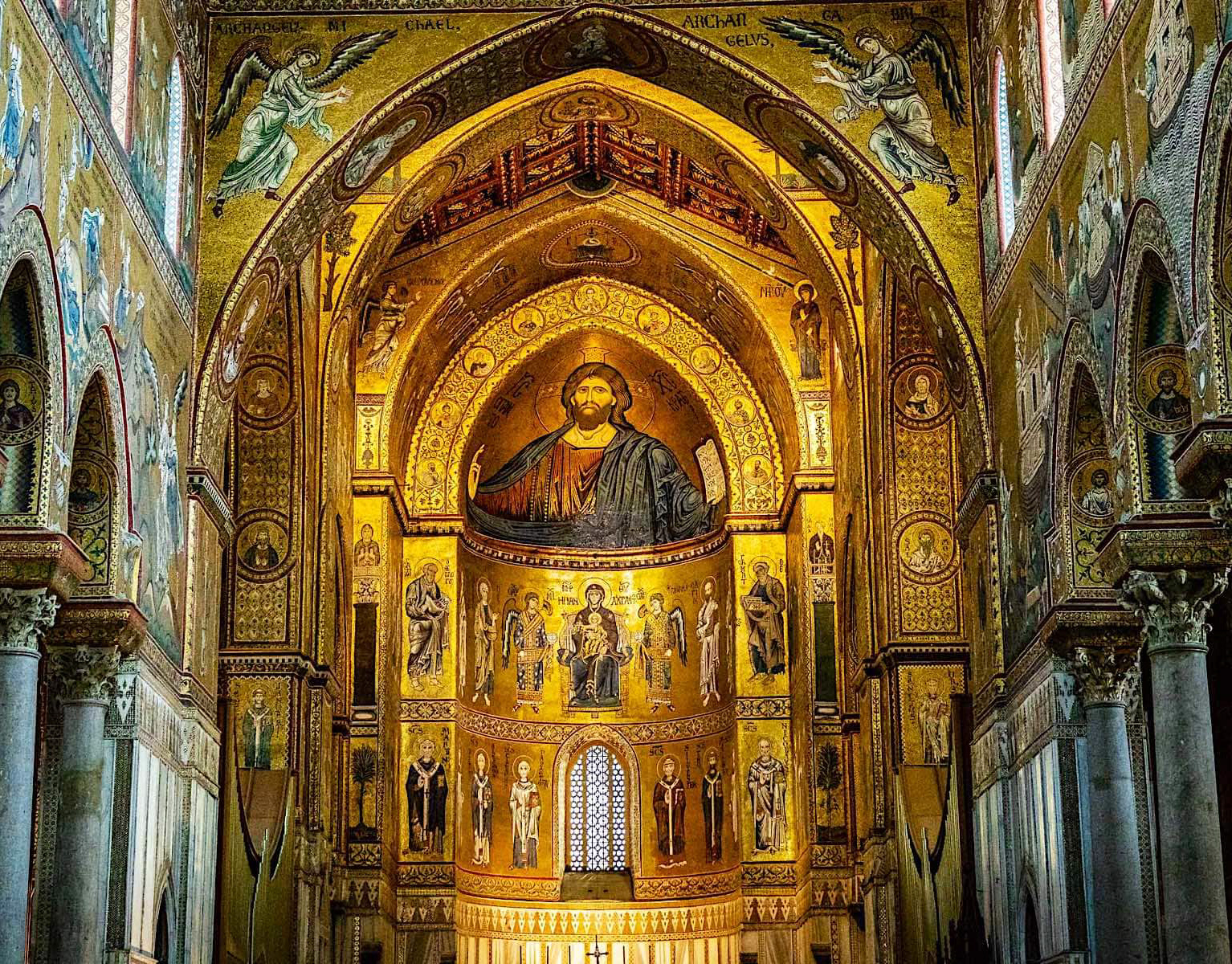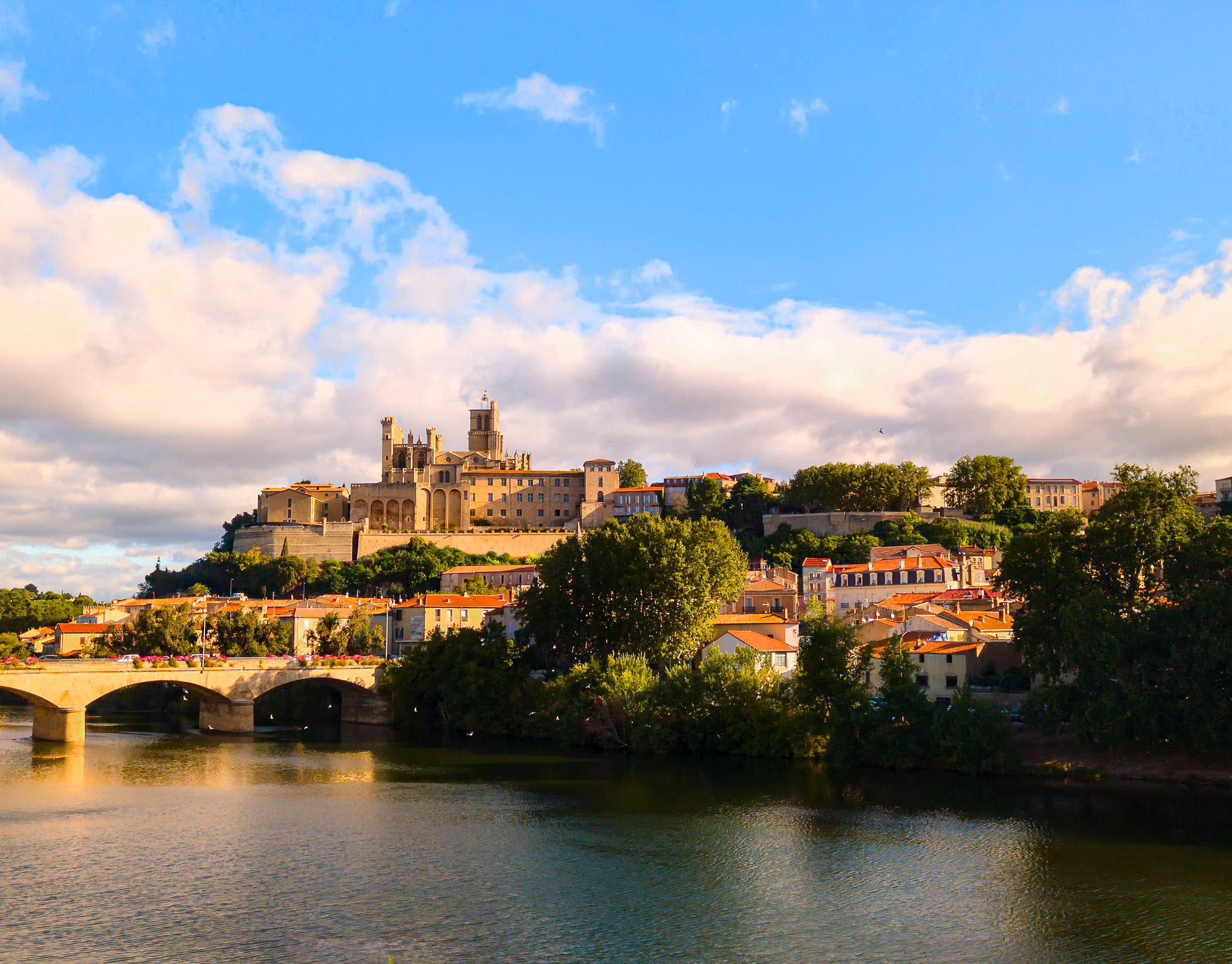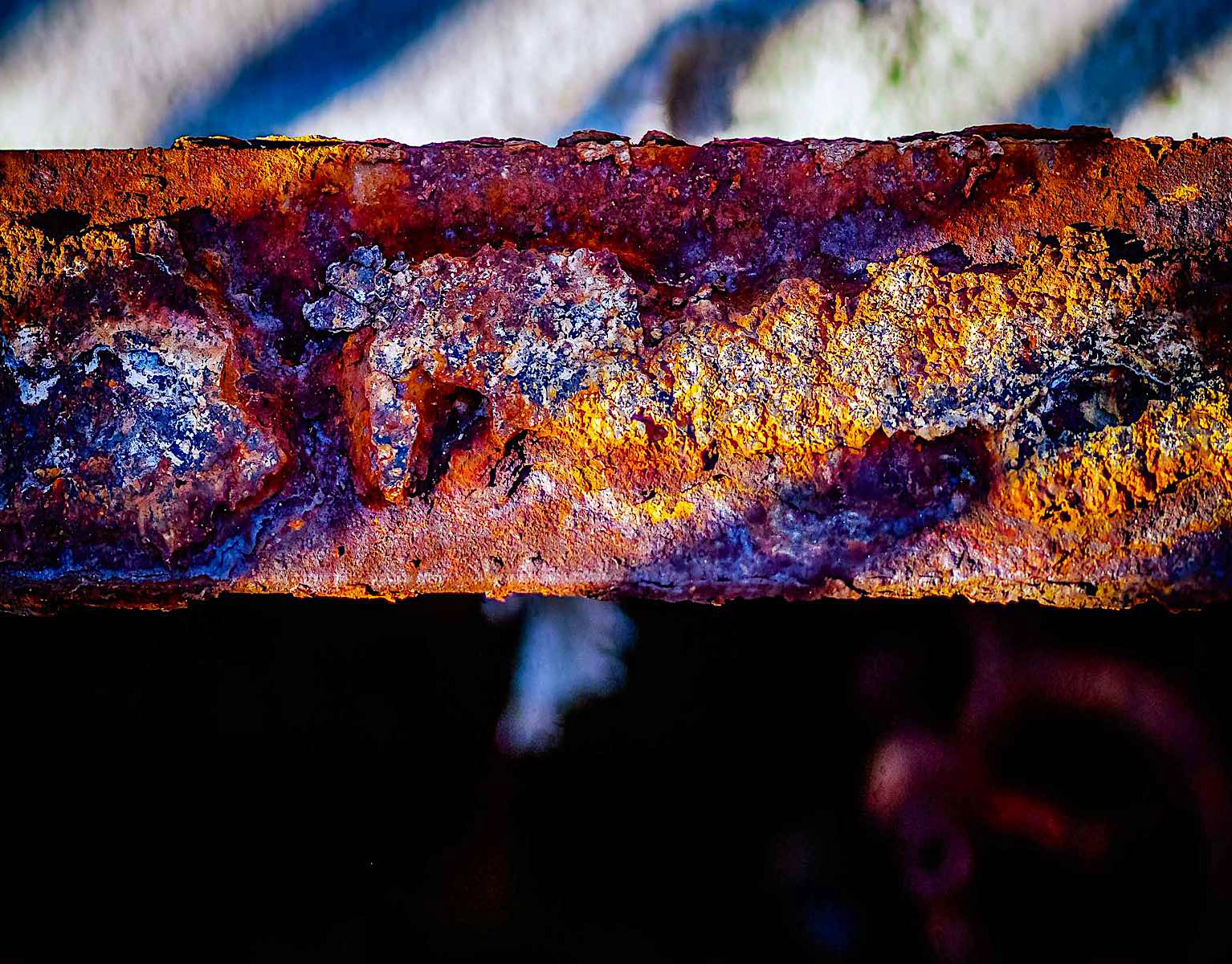September 4, 476 C.E. is the conventional date — sanctioned by Edward Gibbon — for the end of the Roman Empire. On that day, the military leader of the mutinous Imperial army, Odocaer, overthrew the last titular Emperor of the Western Empire — the aptly named Romulus Augustulus — in Ravenna and proclaimed himself King of Italy. Conventionally, too, that date marks the beginning of a lengthy decline into the European “dark ages”.
Still, you have only to visit Ravenna, as I did in September 2018, where the Christian art created over the next century, for example, the Basilica of San Vitale, testifies to the continuing vibrance of both the Roman and Byzantine cultures… for a while at least.
This is a collection of images from two buildings in Ravenna that remain from the years just before, and around the same time as, the fall of the Western Empire. Both contain brilliant mosaic images in the Hellenistic-Roman style that characterised religious art in the Western Roman Empire before the arrival of the Byzantine styles almost a century later with the re-conquest of Italy by the Eastern Roman (Byzantine) Emperor, Justinian.
The first of these buildings is the so-called “Mausoleum” of one of the last Roman dynasts, Galla Placidia: a woman who played a central role in three of the last Imperial households and who was Regent of the Western Empire for several years toward the end.
The second building — the “Neonian Baptistry" of Ravenna — contains mosaics that date from the decade of the Empire’s collapse. Please download the PDF book of these images to see them full-screen.
In a separate post, I have uploaded an e-book of images of early Byzantine art from San Vitale including the famous portraits of Justinian and his Empress Theodora.
